What we have here is a 1985 Fiero GT with 35,000 miles.
It’s a cool car for sure, but look closer and you’ll see something far different than any other Fiero you’d find on the streets.
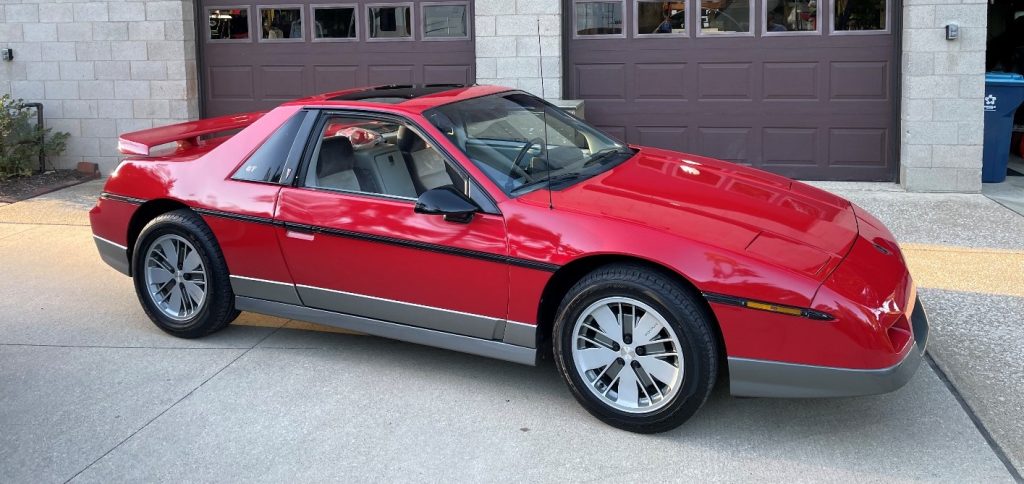
This Fiero belongs to Bob Stella.
Bob is a retired engineer from Goodyear Tires and enjoyed a long history with the company—among his other achievements, Bob was the designer of the famed Goodyear “Gatorback” tire model.

Back in 1984, Bob worked on the Indy Pace Car program for Goodyear—that year, the pace car duties were being handled by the new mid-engine Pontiac Fiero. Thanks to the unique aerodynamic body kit used on the special Pace Car models, he quickly fell for the looks of Pontiac’s innovative mid-engine sports car.
Bob also had a good relationship with John Callies of Pontiac, who slipped him some insider knowledge that a Fiero “GT” variant was coming soon. It would have all the special body cladding of the Pace Car, but would come with V6 power instead of the Iron Duke four banger.
Bob took this intel, waited patiently, then snapped up this 1985 Fiero GT when the cars arrived on dealer lots a few months later.
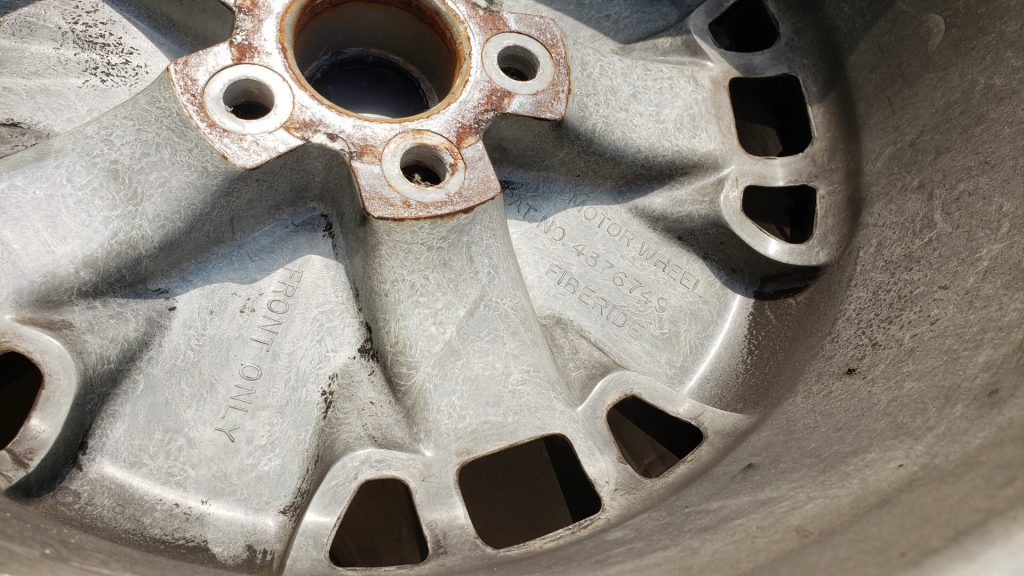
Pretty soon after that, Bob began testing tires for a future Fiero generation at Pontiac. Bob and his team were there to evaluate new 16 inch Goodyear Gatorback tires—but they were also looking into the viability of a wheel made from a reinforced fiberglass composite material.
Molded at 300 degrees F under 1,500 pounds of pressure, these new “Fiberide” wheels were made by a division of Goodyear Tire called Motor Wheel. The plastic wheel design had already endured millions of miles of testing over several years, and the results had piqued the interest of the Pontiac C-suite.
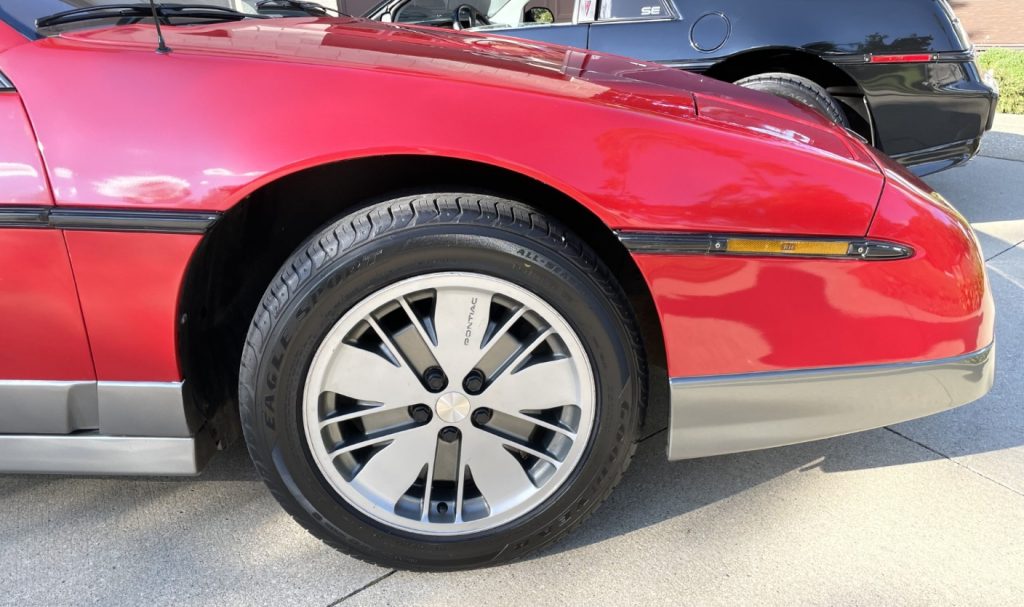
And it’s easy to see why:
These plastic wheels claimed to be 40 to 60 percent lighter than an alloy equivalent, despite being stronger than steel. GM bean counters liked them too, because they required less finishing work after being manufactured.
As an added bonus, since they didn’t corrode like a traditional aluminum or steel design, these wheels would be easier to maintain as well.
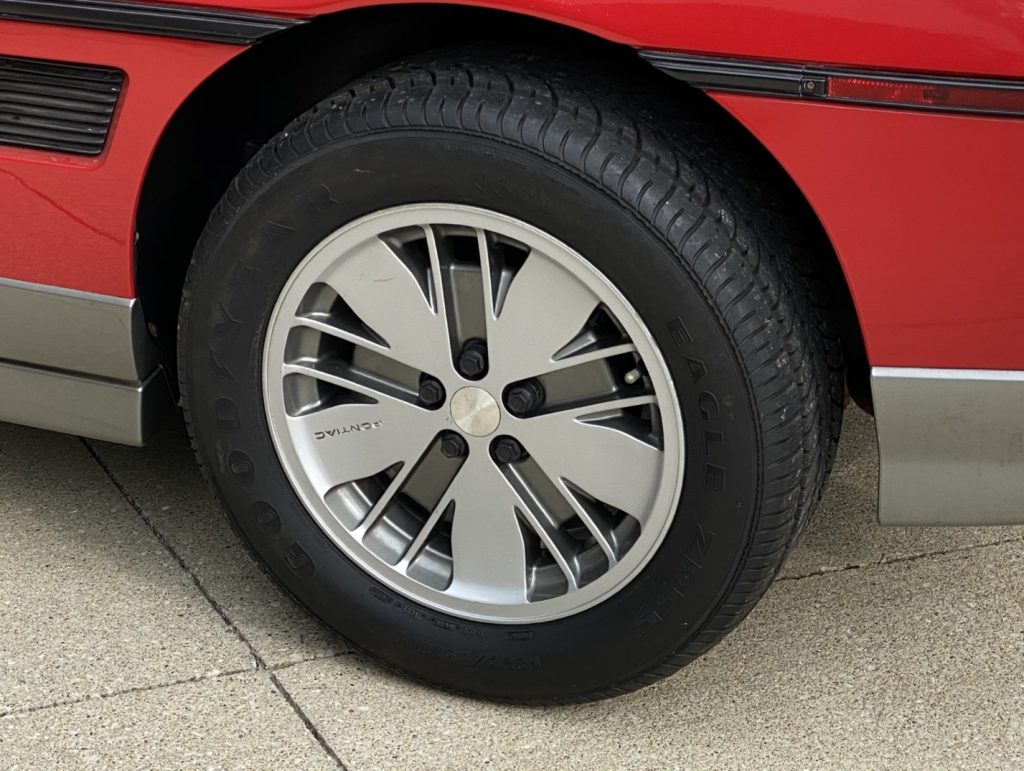
Pontiac expected to fit the wheels on the nascent 1990 Fiero GT.
Problem was, GM killed-off the Fiero in 1988.
So neither the car, nor the wheels, ever saw the light of day.

After Goodyear was done testing its Gatorback Tires on the Fiero, Bob says Pontiac let him keep the wheels—which he then summarily installed on his personal car. He drove it equipped with the Fiberide wheels for several years before putting it into storage for over two decades.
After he retired, and thanks to some spare time during the pandemic, he pulled his Fiero out of mothballs for a complete rehab.
With some new injectors, a gas tank, and brakes, the car was ready to hit the road again. (Bob also explains that the old Gatorbacks were too old to use safely, so they were swapped for a fresh set of Goodyear Eagle Sport All-Seasons.)
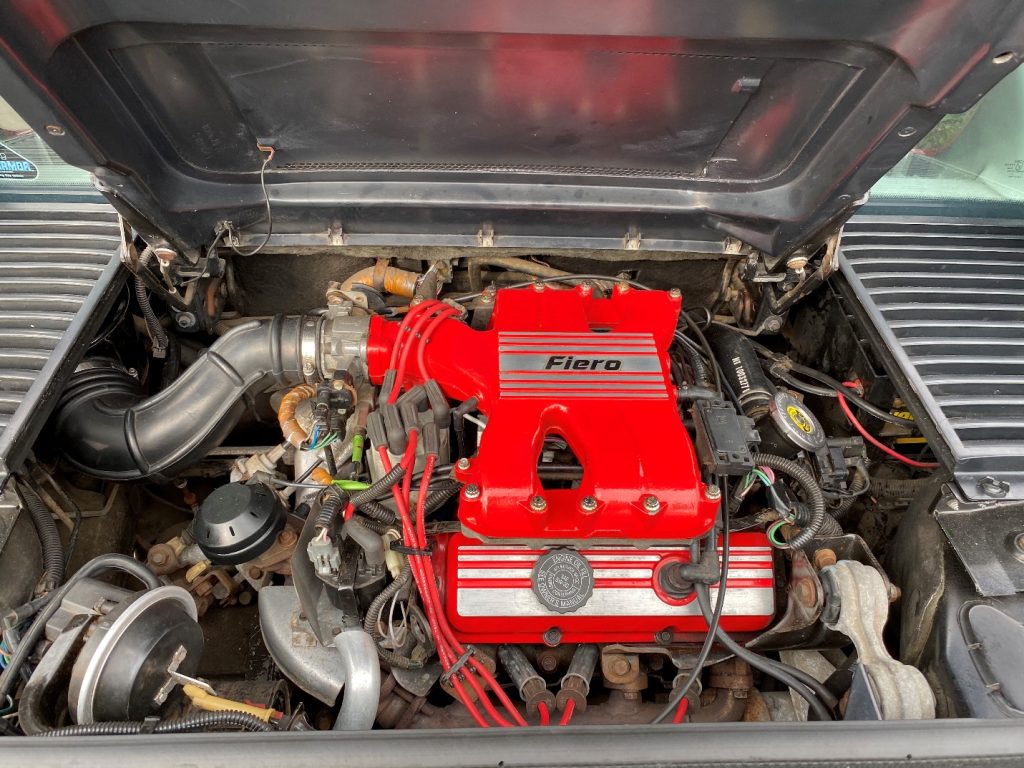
We’re not entirely sure how much these fiberglass molded wheels weigh. Bob says they’re still a bit on the heavy side, similar to a cast aluminum wheel, but are lighter than a comparable steel wheel.
As to why they were not used on other Pontiac models—we may never know. There is no documentation on why, so the actual reason may remain lost forever to history. (If you have any insight, let us know in the comments section at the bottom of this article.)
Sadly, much of the background on these ill-fated wheels is scarce as well. The most detailed article on the topic appeared in Autoweek back in the 1980s—there’s little to no info on these Pontiac Fiberide wheels outside of this story.
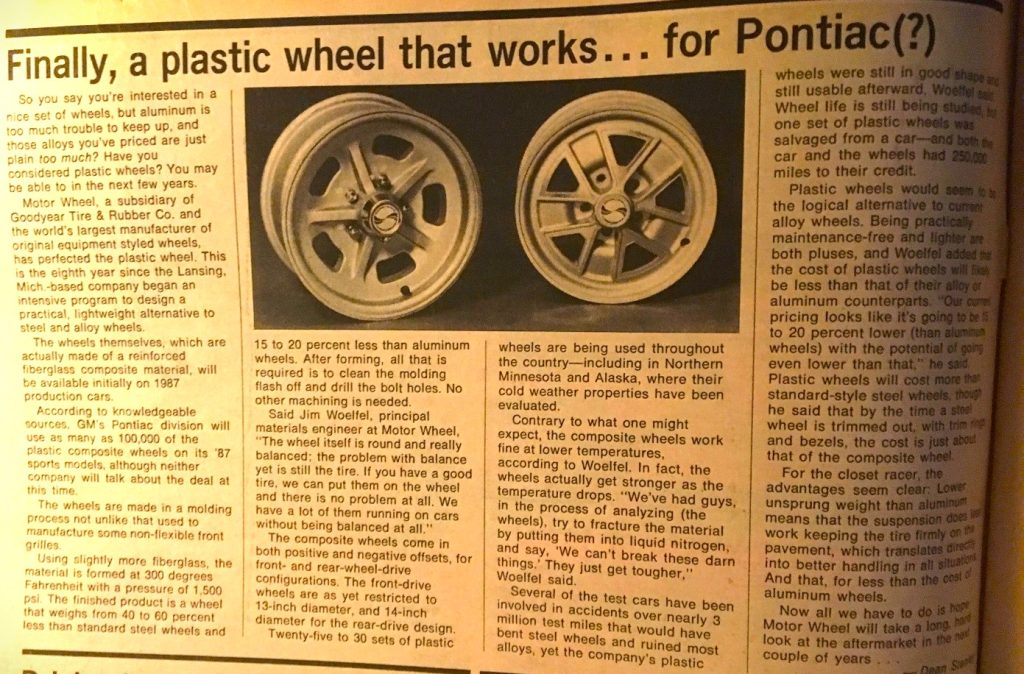
We do know that the fiberglass wheels were used by Pontiac on some of its studio design prototypes—including the doomed 1990 Fiero GT. That concept car is still around today, only it is fitted with a set of GTA wheels plucked from the Trans Am.
Today, only six of these fiberglass wheels can be accounted for, and Bob’s Fiero wears the only complete set. (One of the other wheels was saved from a dumpster by a GM engineer.)
While these wheels were never produced by Pontiac, Carroll Shelby—who had big ties to Goodyear himself—used similar molded Fiberide wheels on his Shelby (Dodge) Shadow CSX. The CSX wheels were styled a bit differently than Pontiac’s and were only offered as an an option, so they’re highly sought after today.
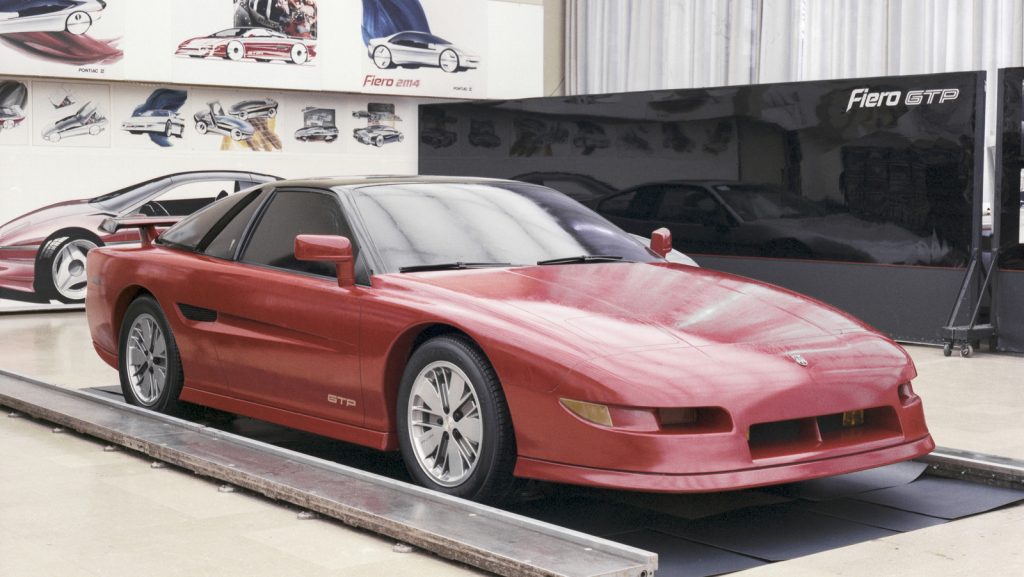
Bob has driven his Fiero to countless car shows and cruise-ins over the years—most folks just overlook the wheels, assuming they’re aluminum. Suffice it to say, Bob spends plenty of time explaining the fascinating story of Pontiac’s brief flirtation with fiberglass molded wheels.
The real lesson here, is that sometimes very rare features from automotive manufacturers can be right in front of you and you may miss them.
Nowadays, Bob’s Fiero enjoys the quiet life of a show car. With all original paint and interior, it’s a great survivor and Bob says it runs like the day he picked it up from the dealership.
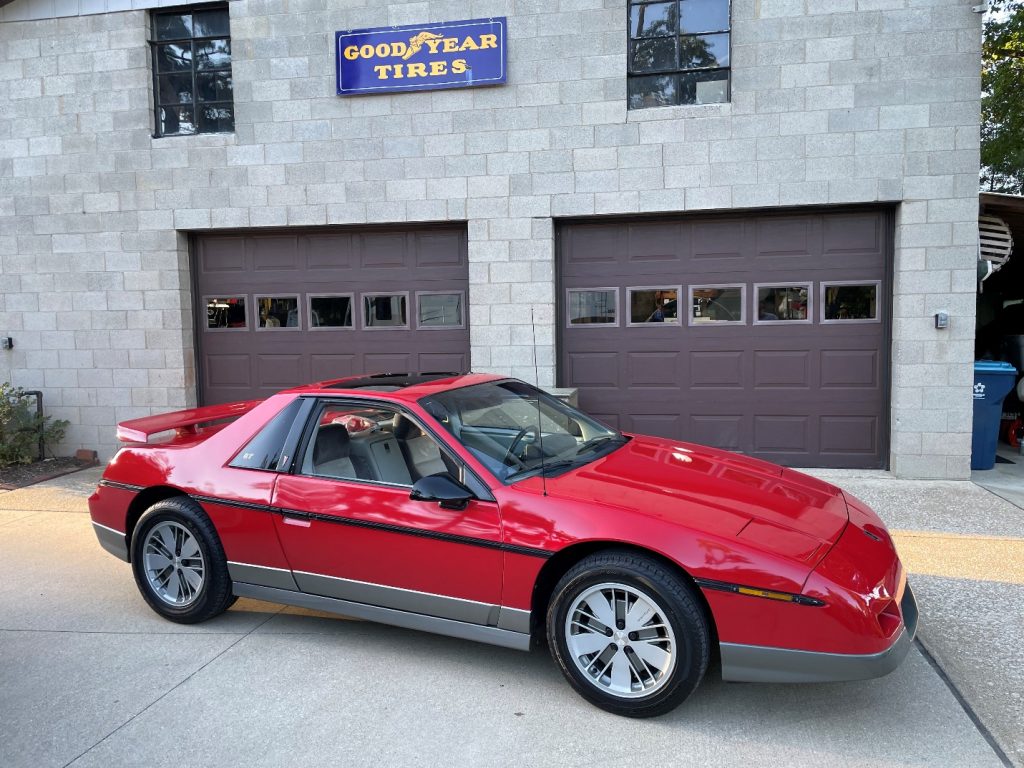

Comments